4 channel 12-bit A/D converter for the NodeIT series micro controllers.
Designed by Invector Labs in SwedenThis seller is taking a break. Sign up below to get an email when they're back!

This product is no longer available for sale.
The seller may be offering an improved version or it may be hanging out on the beach, enjoying the retired life.
Introduction This module is available in two flavors, either with 4 channels with 12 bit A/D converters capable of sampling up to 3.3Ksps, or 4 channels with 16 bit A/D converters capable of speeds …
Read More…This module is available in two flavors, either with 4 channels with 12 bit A/D converters capable of sampling up to 3.3Ksps, or 4 channels with 16 bit A/D converters capable of speeds up to 860 sps. Either one also contains an integrated programmable PGA (Programmable Gain Amplifier) that allows you to adapt the ADC to most analog signals. This listing is for the 12-bit version. This board is shipped with a female JST connector with crimp connector elements.
This PlusOne module is based on a Texas Instrument A/D converter called ADS1015/ADS1115. This device provides the module with all of the required functionality.
The Adc4One module can perform conversions at rates up to 3300 samples per second at 12 bits and up to 860 samples per second with 16 bits. An onboard PGA is available that offers input ranges from the supply to as low as ±256mV, allowing both large and small signals to be measured with high resolution. The module also features an input multiplexer that provides two differential or four single-ended inputs. The module can operate either in continuous conversion mode or a single-shot mode that automatically powers down after a conversion and greatly reduces current consumption during idle periods.
The Adc4One module does not include anti aliasing filters, this has to be supplied externally to the board or omitted if possible
The board have three jumpers that you need to consider before using the board. The first jumper, SJ1, connects a pull up resistor to the SCL signal. The ESP210 does not have a pull up resistor connected to the SCL output so this need to be arranged externally. Most +One modules have a solder jumper that will enable this pull up resistor. You can only have one board with this jumper closed. So if you have a node.IT stack with several I2C boards you need to ensure that only one of these boards have the SCL jumper shortened.
The second jumper is SJ2. this jumper connects the interrupt output from the ADS1015 chip to pin GPIO0 of the ESP210. The current Arduino libraries does not rely on having this jumper closed but if your are developing your own software you might consider closing this jumper.
The third jumper (SJ3) allows you to select between two I2C addresses for you system allowing you to have multiple Adc4One modules in one node.IT stack.
The jumpers are PCB level jumpers that need to be closed using a solder blob. This is very easy to obtain, simply heat your solder iron and melt the already existing solder on the pads of the jumper. Then apply as much solder you need to close the gap between the pads. When you need to remove a solder jumper you simply take your solder braid, heat the braid and the solder and wick the solder away.
The module comes with two single row headers that needs to be soldered on to the board. A 6 lead pre-crimped connection cable for the analog inputs is also supplied with the module.

$13.49
Free Shipping!
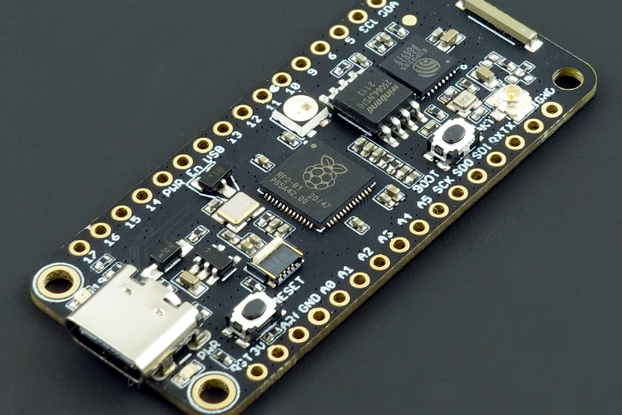
$9.59
Free Shipping!
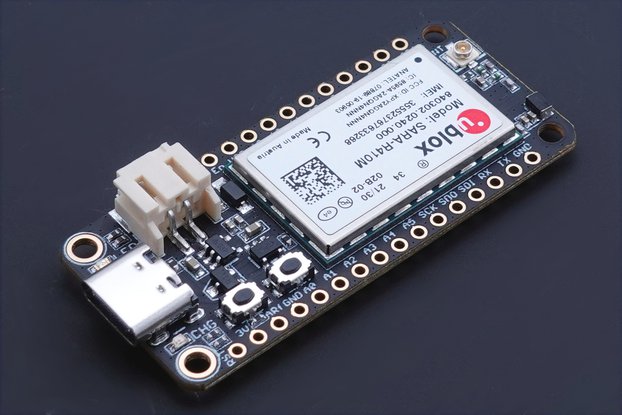
$63.50
Free Shipping!
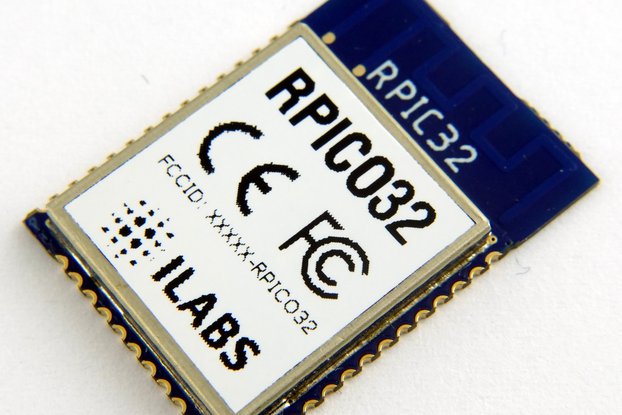
$6.00
Free Shipping!
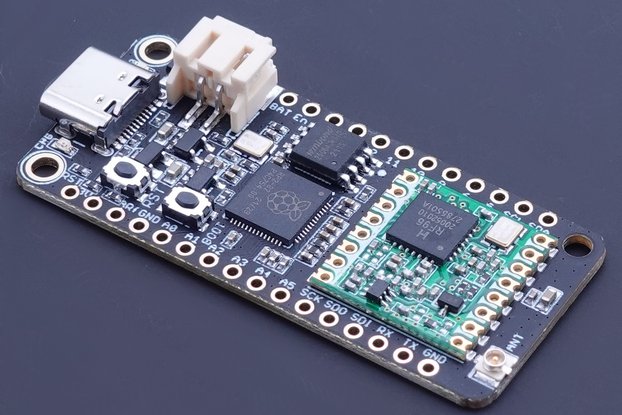
$24.95
Free Shipping!
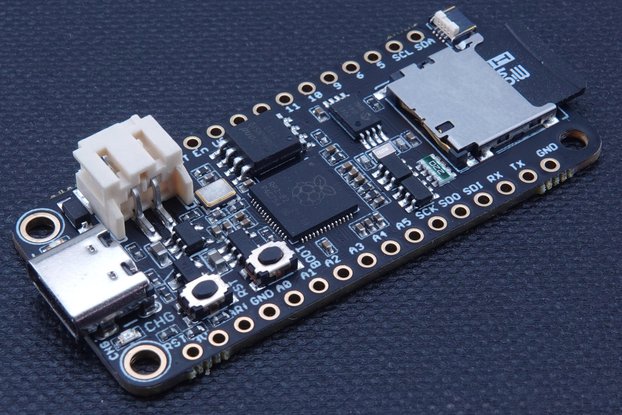
$15.50
Free Shipping!
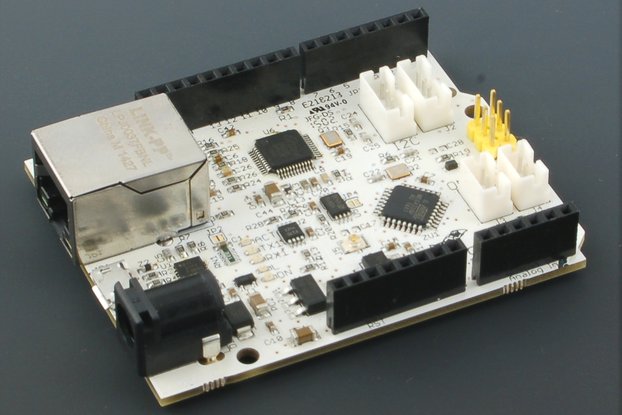
$22.95
Free Shipping!
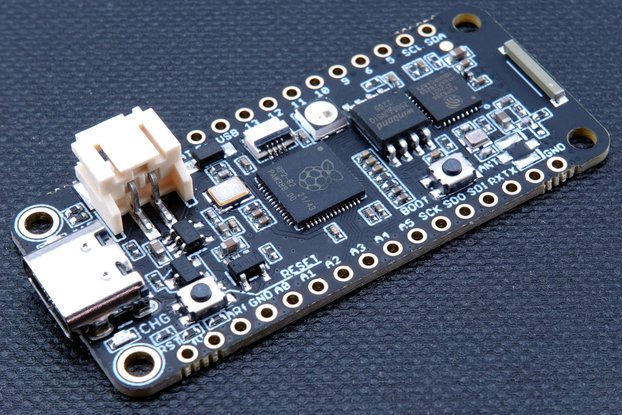
$11.50
Free Shipping!
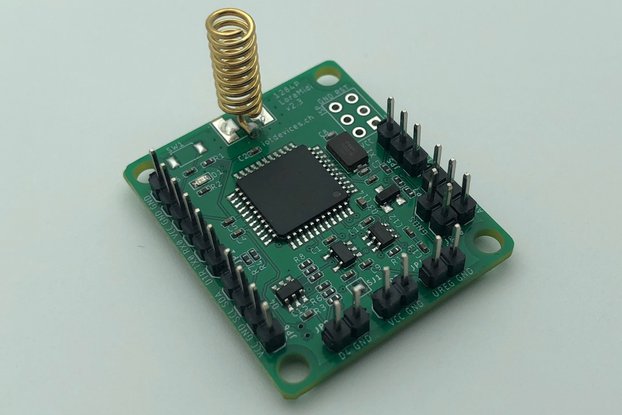
$23.00
Free Shipping!

$15.00
Free Shipping!
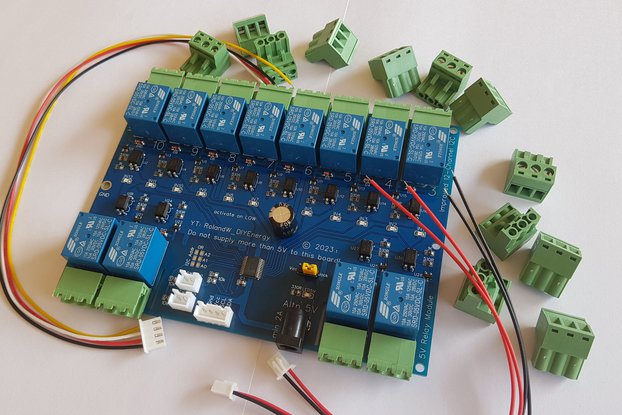
$6.00
Free Shipping!
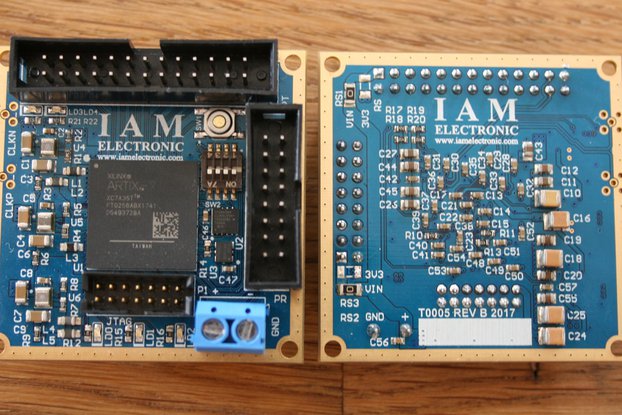
$249.00
Free Shipping!
By clicking Register, you confirm that you accept our Terms & Conditions
We recognize our top users by making them a Tindarian. Tindarians have access to secret & unreleased features.
We look for the most active & best members of the Tindie community, and invite them to join. There isn't a selection process or form to fill out. The only way to become a Tindarian is by being a nice & active member of the Tindie community!
